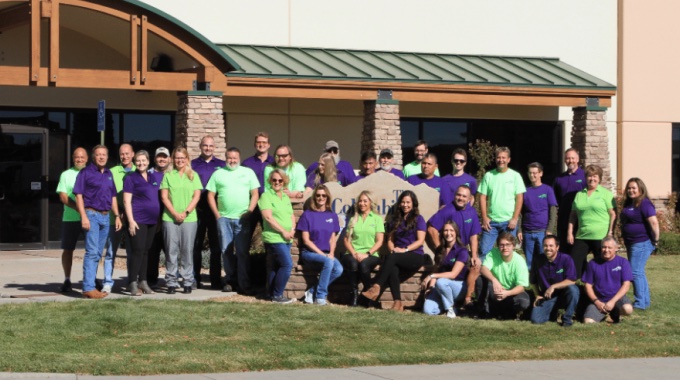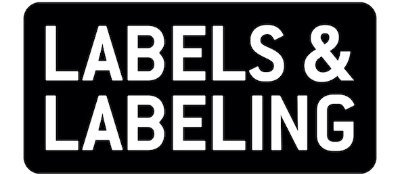Columbine Label, a custom label converter based in Centennial, Colorado, has recently installed HYBRID Software’s workflow production software, CLOUDFLOW, to enhance its pre-press capabilities and clear pre-existing bottlenecks caused by an overextended proofing process.
Previously utilizing a product that was tuned to automate just roughly one percent of the company’s business, Columbine Label was facing pains in its proofing process which was leading to back-ups and causing numerous problems across its departments.
“The automation system we had before was basically a glorified file management system, it just automatically stored the file where it needed to go and that was pretty much it,” said Erin Parker, customer support at Columbine Label. “A customer would still have to send us an email with multiple attachments, we would then have to push all this to our art team along with any instructions, then we would have to wait for all those pre-press tasks to clear only to find out that the art isn’t even usable.”
According to Columbine, for any single piece of art a customer sent over, proofing could sometimes extend over a week. This was due to errors that sometimes wouldn’t get caught until the art made it down to production, leading to the proof needing to be sent back to the customer, basically restarting the whole process. Extrapolate this across its customer base, and it becomes impossible to sustain.
Changing to HYBRID Software.
Working with HYBRID for about a year, the software was implemented onto the company’s backend which was then interfaced with its frontend Label Traxx software, giving access to the proof as soon as the customer uploads it and allowing anyone, across departments, to access the file. The software is also capable of autodetecting any baseline errors such as formatting and incorrect file type. The art is then edited using HYBRID’s software, PACKZ.
According to Columbine, using these products has allowed employees across production, art, customer service, or sales to spot any errors almost immediately and alert the necessary team member in a much timelier manner allowing for quicker turnaround.
“A proof that would have taken anywhere from two or three days could be done in less than 24 hours,” said Brett Borzsei, production manager at Columbine Label. “This software has really sped up production to the point where we’re able to increase production and take on more work.”
The accessibility of the file manager has also managed to free up time of all its employees, according to the company, because now when another department comes across an issue, nobody needs to get pulled away from work, they can just log into the system and look directly at the error from their own computer and respond. The software also automatically archives every edit leaving less room for error because if, “you pull the wrong file and edit the wrong file, then production proofs the wrong file,” says Borzsei. This also maintains accountability and ensures that no piece of art is ever lost as the software automatically dates and backs up any and all edited files.
Installation process
And in terms of upskilling workers and training customers on this new system, Columbine says that this has also been relatively simple adding that accessing to the software, uploading files, and navigating is no more complicated than the Google Docs file manager. But getting to this point didn’t happen in just a few days.
While working with HYBRID, there were a few roadblocks Columbine encountered that made implementation take just a bit over a year. The company, however, says that most of the issues were self-induced as they didn’t fully understand what they needed from the product and didn’t initially have a staff member from each department on board, which the company says is crucial when implementing a product like this.
“There was a point where we thought everything was good to go, until we realized that the bottleneck just got piled onto sales,” said Phil Griffith, pre-press at Columbine Label. “We worked with HYBRID for months just trying to iron out some things. We didn’t know all the micro tasks the software could do, so we had to explain every problem we ran into, and they would find a solution for us.”
As for the future, the company is planning to add more automation to its processes, but what it’s adding is yet to be determined.
Visit the Columbine Label website here.

